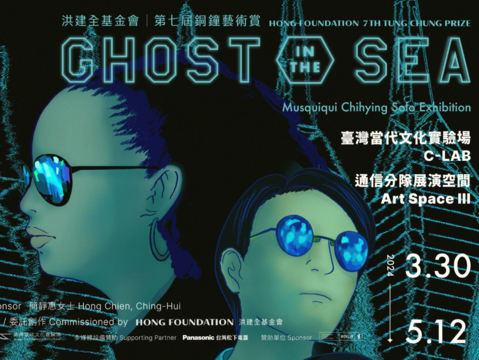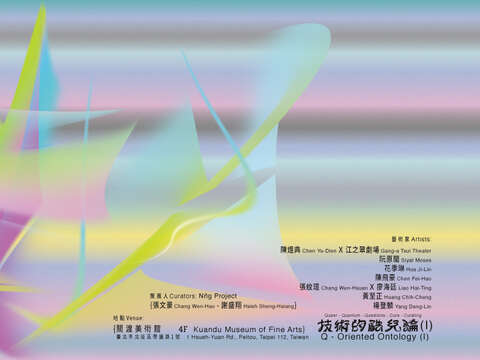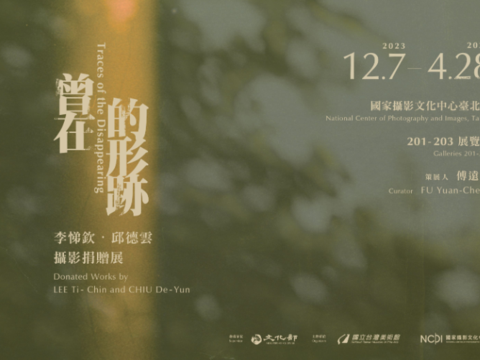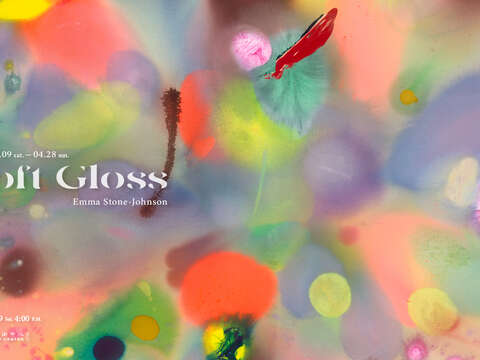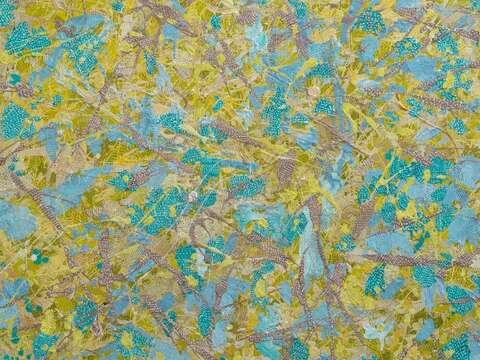Post date:2024-03-21
Updates:2024-03-21
168
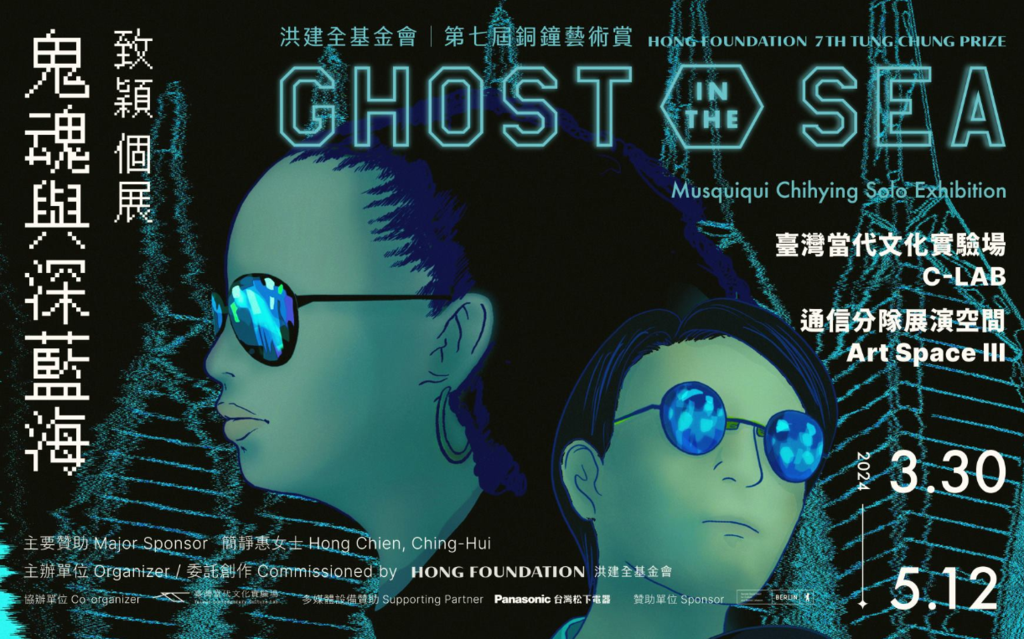
- Event Time
- 2024-03-30~2024-05-12Tue.-Sun. 9:00 -18:00
- Event Location
- No. 177, Sec. 1, Jianguo S. Rd.,, Da'an Dist., Taipei City Taiwan, R.O.C
Throughout history, labor resources have manifested through various forms such as slavery, coolie, and migrant work. These labor forms not only shouldered the burden of advancing human civilization but also reflected underlying systems of power and control. In the wake of globalization, trade expansions have coincided with the flow of human beings and cultures across borders. This operational matrix simultaneously accumulates capital as it perpetuates class and power struggles. Diverging from prevailing land-centric conditions of political and economic exchange, artist Musquiqui Chihying redirects focus toward the ocean as he attempts to uncover truths and potential conflicts overshadowed by dominant discourses.
To this end, Chihying invites the audience to make a metaphoric landfall in Mauritius, an island in East Africa. Historically, Mauritius served as a hub and experimental site for the distribution of labor and resources for 19th century European maritime empires. As mechanisms of the slave trade fell into decline, Asian “coolies” supplanted labor shortages, and sustained the vast chains of empire that spanned seas and oceans. The oceanic routes, carved by colossal ships, exemplified the might of emerging technologies, while submarine cables, which currently carry ninety percent of global data traffic, are landing in coastal cities along the Afrasian Sea to provide faster and more stable messaging solutions. Spearheaded by major tech corporations, these networks integrate disparate landmasses into a cohesive global network for the distribution of resources under the guises of “smart technology” and “safe” urban design.
Implied in the exhibition title, “Ghost in the Sea,” is the artist’s allusion to a dual interpretation of “ghost” that haunt the seas of Asia and Africa: firstly, the overlooked role of ethnic Chinese in the mechanisms of globalization; and secondly, the intangible data transmitted through the ersatz neural network of submarine cables. From labor exportation to technological dissemination, the ancient Maritime Silk Road, Asian coolies, modern submarine cables, and the concept of smart cities combine to construct the world in this narrative. However, grey areas are pervasive in this world: the ideological entanglements of free trade, the insidious narratives of fear grounded in racism, and unresolved security concerns inherent in comprehensive surveillance technologies.
The artist’s explorations of the role of the ethnic Chinese in global trade are visually manifested in several images within the exhibition. For instance, in the portraits of coolies displayed in museums, the depiction on low-denomination bank notes and on commemorative coins celebrating smart cities, etc. In the video installation, “The Link,” Chihying employs a distinct absurdist linguistic style to portray two Matrix-style programs: Seraph, who operates in a Hakka dialect; and Oracle, speaking in Zulu – as they engage in a profound dialogue:
Seraph: " What is intelligence, you ask? The analyzer of data. The inspector of patterns.”
Oracle: " The avatar of digital twins. The oracle of the future flow. The ghost in the sea."
Delving into the resonant depths of this exhibition, we find ourselves adrift in the deep seas of temporality, navigating the intricate interplay between technological progression and labor control mechanisms.
To this end, Chihying invites the audience to make a metaphoric landfall in Mauritius, an island in East Africa. Historically, Mauritius served as a hub and experimental site for the distribution of labor and resources for 19th century European maritime empires. As mechanisms of the slave trade fell into decline, Asian “coolies” supplanted labor shortages, and sustained the vast chains of empire that spanned seas and oceans. The oceanic routes, carved by colossal ships, exemplified the might of emerging technologies, while submarine cables, which currently carry ninety percent of global data traffic, are landing in coastal cities along the Afrasian Sea to provide faster and more stable messaging solutions. Spearheaded by major tech corporations, these networks integrate disparate landmasses into a cohesive global network for the distribution of resources under the guises of “smart technology” and “safe” urban design.
Implied in the exhibition title, “Ghost in the Sea,” is the artist’s allusion to a dual interpretation of “ghost” that haunt the seas of Asia and Africa: firstly, the overlooked role of ethnic Chinese in the mechanisms of globalization; and secondly, the intangible data transmitted through the ersatz neural network of submarine cables. From labor exportation to technological dissemination, the ancient Maritime Silk Road, Asian coolies, modern submarine cables, and the concept of smart cities combine to construct the world in this narrative. However, grey areas are pervasive in this world: the ideological entanglements of free trade, the insidious narratives of fear grounded in racism, and unresolved security concerns inherent in comprehensive surveillance technologies.
The artist’s explorations of the role of the ethnic Chinese in global trade are visually manifested in several images within the exhibition. For instance, in the portraits of coolies displayed in museums, the depiction on low-denomination bank notes and on commemorative coins celebrating smart cities, etc. In the video installation, “The Link,” Chihying employs a distinct absurdist linguistic style to portray two Matrix-style programs: Seraph, who operates in a Hakka dialect; and Oracle, speaking in Zulu – as they engage in a profound dialogue:
Seraph: " What is intelligence, you ask? The analyzer of data. The inspector of patterns.”
Oracle: " The avatar of digital twins. The oracle of the future flow. The ghost in the sea."
Delving into the resonant depths of this exhibition, we find ourselves adrift in the deep seas of temporality, navigating the intricate interplay between technological progression and labor control mechanisms.
Related Links
Gallery
:::
 The 7th Tung Chung Prize-Ghost in the Sea: Musquiqui Chihying Solo Exhibition
The 7th Tung Chung Prize-Ghost in the Sea: Musquiqui Chihying Solo Exhibition